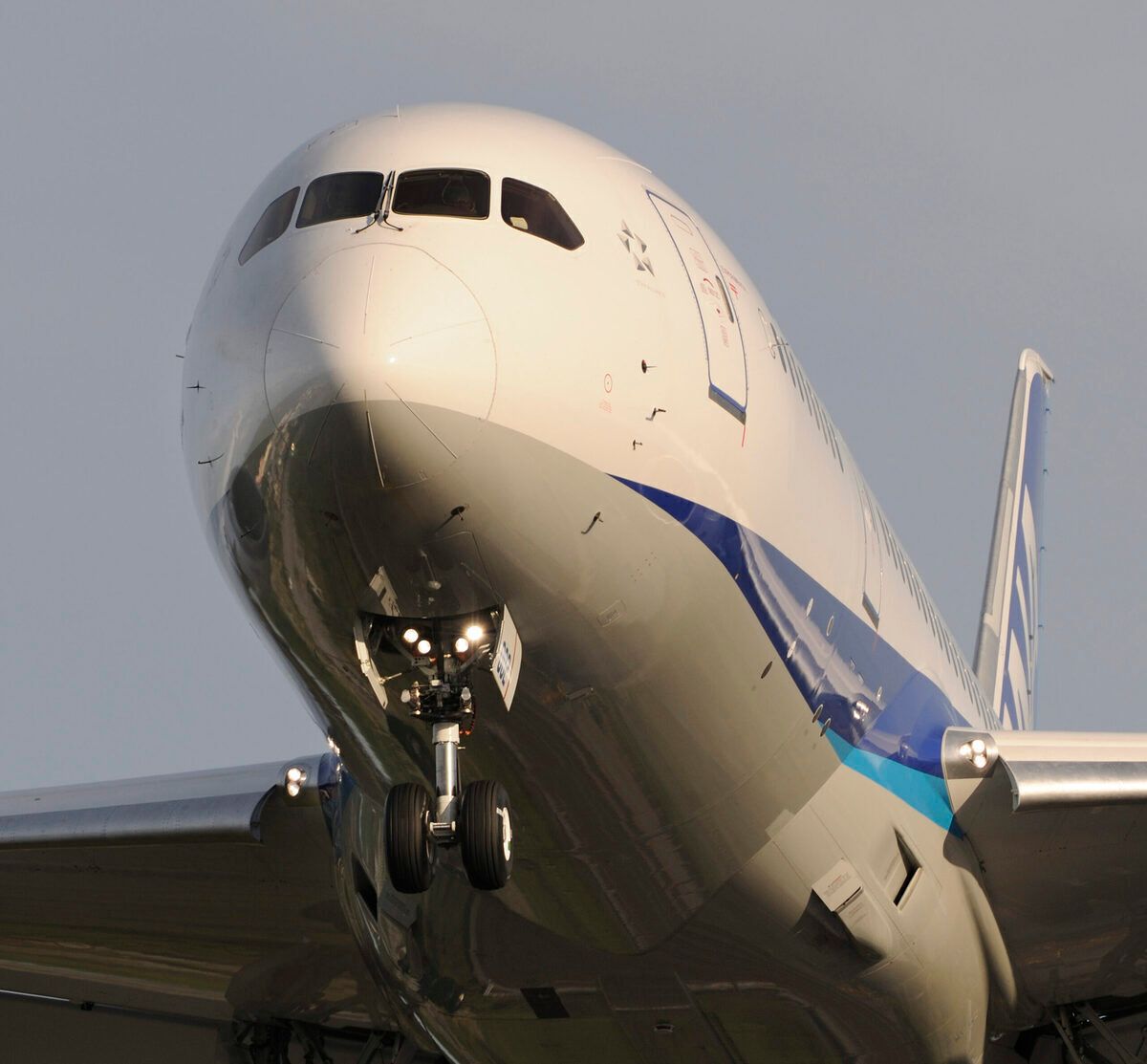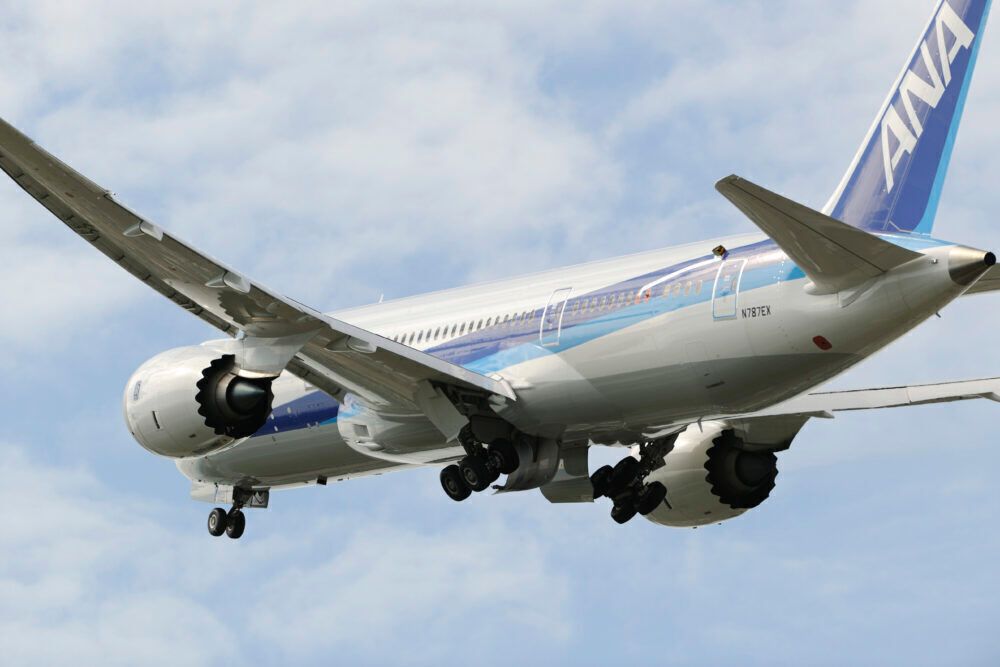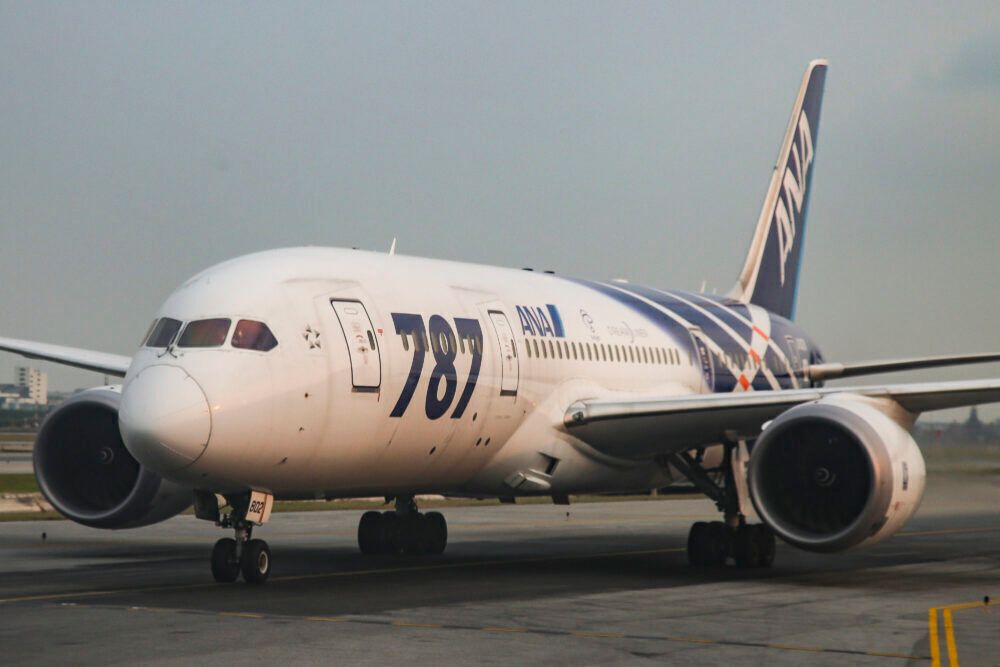An All Nippon Airways (ANA) Dreamliner winged its way from Tokyo to Osaka late last week using a sustainable aviation fuel (SAF) that blended traditional jet fuel with fuel made from microalgae. The flight came on the same day ANA publicly reinforced its good environmental, social responsibility and governance practices.
ANA uses microalgae in its jet fuel on Thursday's flight
On Thursday, June 17, ANA filled the tanks of JA832A with sustainable aviation fuel to operate flight NH31. JAS832A is a Boeing 787-8 Dreamliner that has been with ANA since August 2014. NH31 is the regular 15:00 departure from Tokyo Haneda (HND) across to Osaka Itami (ITM).
According to ANA, the sustainable component of their jet fuel was a liquid hydrocarbon fuel obtained by hydrogenating crude oil (primarily hydrocarbon) extracted from the microalga Botryococcus braunii. The flight went off without a hitch.
Thursday's flight was the first of many ANA plans to operate using sustainable aviation fuel. From July, ANA will team up with Finnish oil company Neste to begin using sustainable aviation fuel on flights out of Haneda and Narita.
“ANA takes pride in its leadership role and has been recognized as an industry leader in sustainability, and this agreement with Neste further demonstrates our ability to serve passengers while also reducing our carbon footprint,” says ANA's Yutaka Ito.
ANA looks beyond fuel to cut carbon footprint
Like many airlines, ANA has pledged to reduce its carbon emissions. ANA wants to be a zero-net emissions airline by 2050. Using sustainable aviation fuel is one way to help achieve this.
However, the airline recognizes hitting that 2050 target will involve more than just fuel. ANA is actively utilizing fuel-efficient equipment such as the Dreamliner. The airline has a fleet of 75 Dreamliners it deploys within Japan and around the world. In addition, to more environmentally friendly fuel and planes, there is a suite of micro measures ANA is putting into place to cut its emissions. In a statement issued on Thursday, ANA says it aims to;
"Engage in environmentally-friendly operations at every stage of aircraft operations, including the selection of fuel-efficient flight routes, ascent/descent methods, reducing the weight of the airframe and onboard equipment, stopping one engine when on the ground, and improving combustion efficiency through regular engine cleaning."
ANA talks up its ESG credentials
Last week was a big one for ANA. In addition to Thursday's flight using sustainable aviation fuel, ANA doubled down its environmental, social responsibility and governance (ESG) credentials. To date, the airline has operated a range of projects focusing on best practices. But most operated independently of each other, resulting in numerous ESG silos at ANA.
On Thursday, ANA brought its efforts to boost its environmental, social, and governance practices into a single silo.
"Our track record of success in the adoption and implementation of ESG initiatives will continue to inform our strategic direction," said Chikako Miyata, Senior Vice President and Director of Corporate Sustainability at ANA.
ANA plans to walk to ESG talk in several ways. That ranges from phasing out plastic meal trays on some flights to stepping up inflight health and hygiene practices to keep flying staff to training staff to spot human trafficking.
Thursday's flight using sustainable aviation fuel was a step towards ANA becoming a cleaner and greener airline. It is just one measure of a raft of measures helping to ensure the Japanese airline works towards becoming the best possible corporate citizen.
"Sustainability and social good have always been at the center of the airline's mission," ANA's statement affirms.



